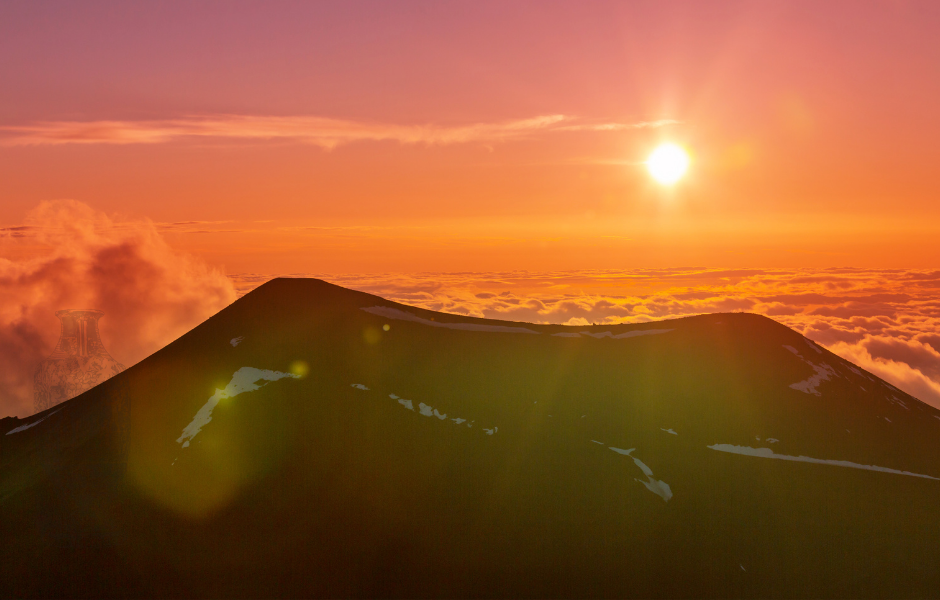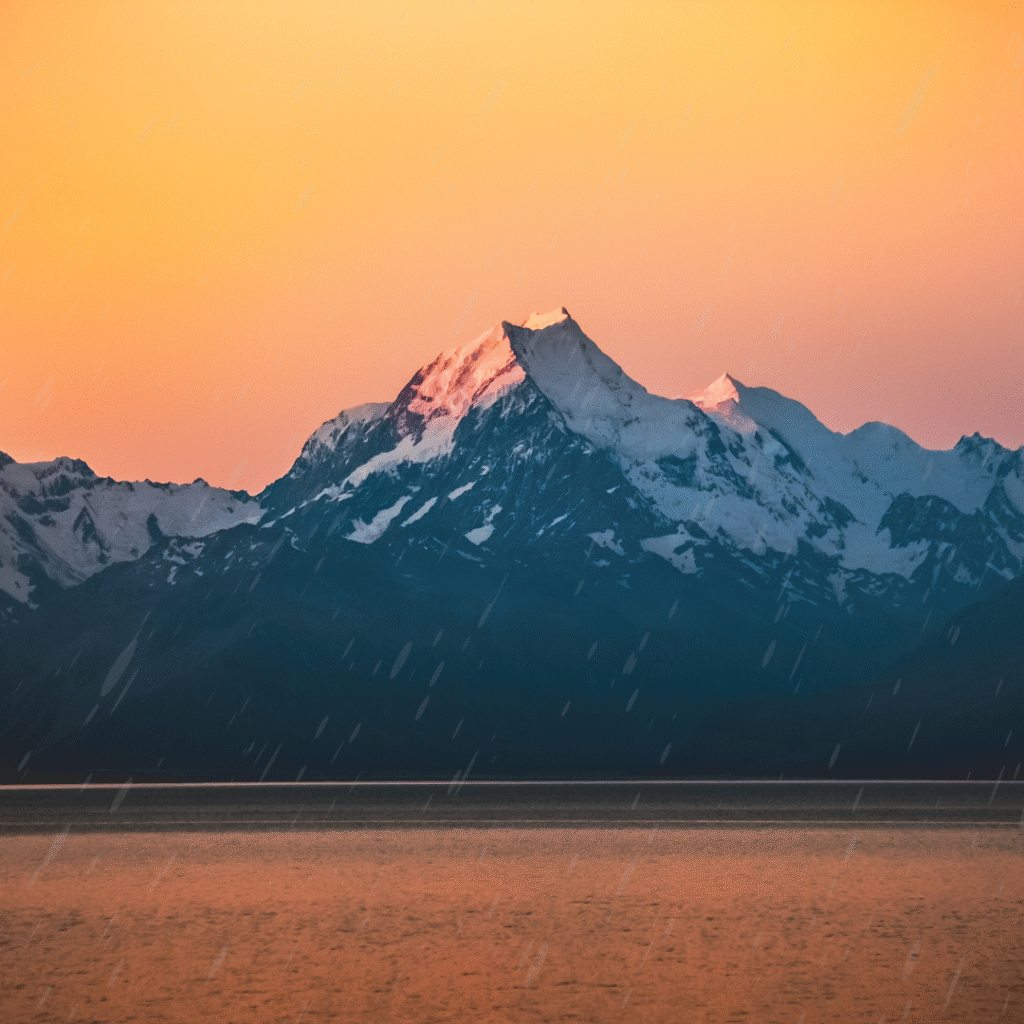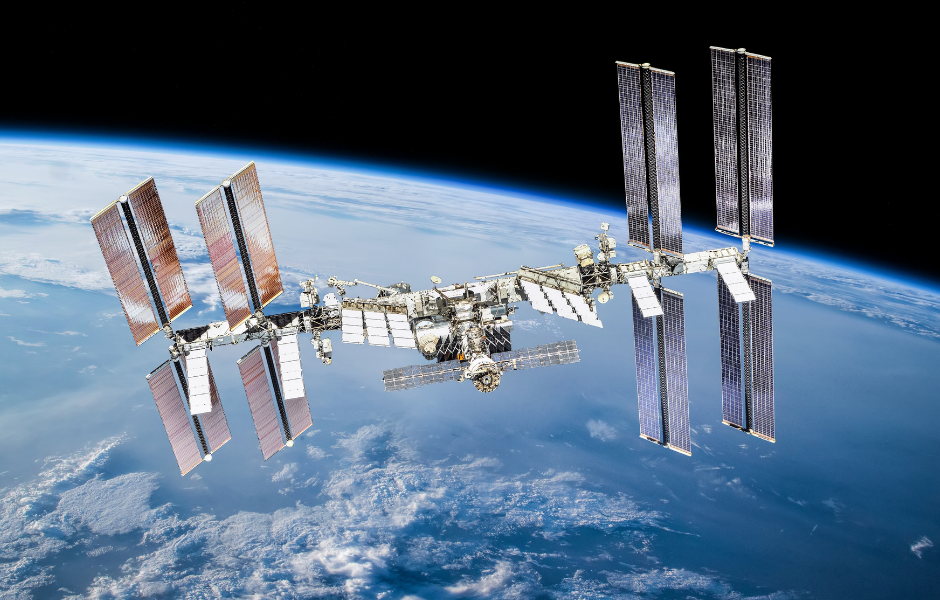
This children’s article, Is Mount Everest really the tallest mountain in the world?, has been written for native English speakers and learners of English as a second or foreign language. It can help children build vocabulary, understand how we measure mountains, and think critically about different types of “tall.” Written by Mark Pulley, a teacher and writer who creates fun and informative news articles for English learners.
Is Mount Everest really the tallest mountain?
If someone asked you, “What’s the tallest mountain in the world?” you’d probably say Mount Everest. And you’d be right — sort of.
Mount Everest is the highest mountain above sea level. But what if we measured mountains in a different way? What if we measured them from their base? Or from the centre of the Earth? You might be surprised to find that Everest isn’t always number one.
How do we measure a mountain?
The most common way to measure a mountain is by how high its peak rises above sea level. This is how we know Mount Everest is the tallest, standing 8,849 metres (29,032 feet) above sea level. It sits between Nepal and China in the Himalayas.
But there are other ways to measure mountains. Some scientists prefer to measure from the base of the mountain, where it starts, all the way to the top.
That’s where Mauna Kea comes in.
Meet Mauna Kea — the secret giant
Mauna Kea is a mountain on the island of Hawaii. From sea level, it only rises 4,205 metres (13,796 feet). That doesn’t sound so impressive, does it?
But here’s the trick: most of Mauna Kea is underwater. If you measure from the ocean floor, its true base, to the top, it’s over 10,200 metres (33,500 feet) tall! That makes it taller than Everest, just not higher.
Mauna Kea is also a volcano, although it hasn’t erupted in a long time.
What about the centre of the Earth?
There’s another twist. The Earth isn’t perfectly round — it bulges slightly at the equator. That means mountains near the equator stick out further from the centre of the Earth than others.
Chimborazo, a mountain in Ecuador, is only 6,263 metres (20,548 feet) above sea level. But because it sits on the equator, its summit is the farthest point from Earth’s centre!
So… which mountain wins?
It depends on how you look at it!
- Everest is the highest above sea level.
- Mauna Kea is the tallest from base to peak.
- Chimborazo sticks out farthest from the Earth’s centre.
Each one is the tallest in its own way. It’s a great example of how science often depends on the questions we ask, and how many different answers can still be true.

Article vocabulary list
- Sea level – The average height of the ocean’s surface; used as a base for measuring land height.
- Peak – The very top of a mountain.
- Base – The bottom or starting point of a mountain.
- Volcano – A mountain that can erupt with lava, gases, and ash.
- Equator – The imaginary line around the middle of the Earth.
- Summit – Another word for the top of a mountain.
- Farthest – The most distant.
Comprehension questions
Just click the plus (+) to see the answer
1. What is the height of Mount Everest above sea level?
A) 6,263 metres
B) 8,849 metres
C) 10,200 metres
Answer: B) 8,849 metres
2. Where is Mauna Kea located?
Answer: Hawaii
3. Why is Mauna Kea sometimes called the tallest mountain?
A) It has the most snow
B) It is tallest from base to peak, even though part is underwater
C) It has the highest temperature
Answer: B) It is tallest from base to peak, even though part is underwater
4. Which mountain is farthest from the centre of the Earth?
A) Mount Everest
B) Mauna Kea
C) Chimborazo
Answer: C) Chimborazo
5. What is a ‘summit’?
A) The bottom of a mountain
B) The top of a mountain
C) A type of volcano
Answer: B) The top of a mountain

Mark is a writer and EFL teacher from England with eight years’ experience. He’s passionate about travel, sport (especially football), animals, nature, and history, and enjoys helping children explore the world through language and learning.




